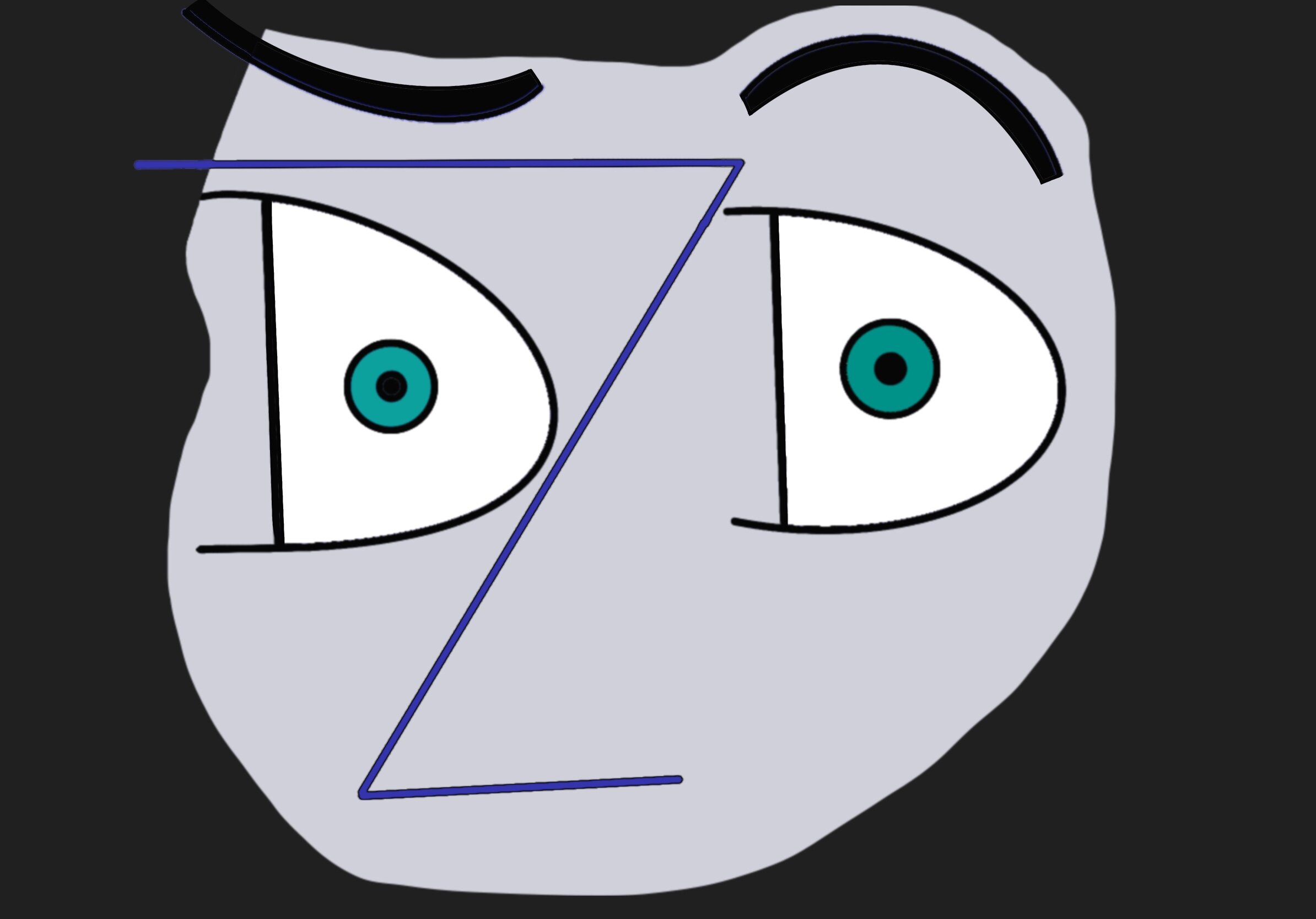
Ergo-Oven: Optimized Oven Control Unit
Tasked with finding a poorly designed commonplace physical control and re-engineering it, the average oven control was overhauled in this project. Existing oven control knobs are far apart, lack feedforward indications and perceptual affordances as to which knobs control which burners, and are often dangerously placed at the back of the stove-top, where hot pots and pans could interfere with control operation. The Ergo-Oven solves many of these problems with inherent feedback, re-engineered physical controls, and a simplified design.


Overview of Controls
An excerpt from Baumann's writings on Controls. This is an overview of common physical controls, and served as the basis for which controls could be employed in the project.

Ideation: I
In general, oven controls are over-labeled, counter-intuitive, and could benefit from great perceptual affordances, a feedforward design, and clearer feedback to the user.


Ideation: II
After reviewing slider-operated interfaces, like my own MIDI keyboard, I decided the optimized oven would utilize sliders. Sliders can control temperature, since sliders represent linear change in some variable (temperature, in this case) and are more obvious than spinning knobs, which have ambiguous directional operation.

Ideation: III
Moved from 2D to 3D. This model demonstrates a control unit that operates the oven temperature with the left-most slider, while the rest of the sliders individually control stove-top burners. Buttons on the side select an oven mode. The model enabled me to receive more accurate feedback from peers and professors.


Iteration: I
Used insights from first critique to redesign the labels to be simpler, create more accurate visual representations of how I want the oven mode buttons to work, and to take a stab at making the sliders function on independent tracks.


Iteration: II
Changed the burner labels from dots to arrows after more user tests, as the user would only have to interpret one symbol versus interpreting the existing four symbols. Created sliders out of foam core, but they still didn't have the right tolerances.


Iteration: III
Receiving feedback on the physics of the sliders - people wanted a slight amount of resistance at the bottom of every slider, with fluid motion after that initial friction zone. Accomplished this by elevating the slider knobs with Lego pieces which changed the motion from pressing down on the foam core to pushing horizontally on the slider.



Final Design
The final design of this prototype drew on feedback from a final peer/professor critique. The sliders were changed from legos to wooden blocks, and tactile feedback was added to the oven mode buttons by way of hot-glued microswitches. The thickness of the unit was decreased to approximately 25% of the very first prototype’s height, and clear labels were added in between the four burner controls. By making the oven slider slightly larger than the burner sliders, the perceptual affordance associated with each of the sliders became more obvious, which led to a design that grouped the burner sliders together, while leaving the oven slider as a standalone operation. The Ergo Oven provides a simpler user experience, empowering users to be the cooks of the future.
